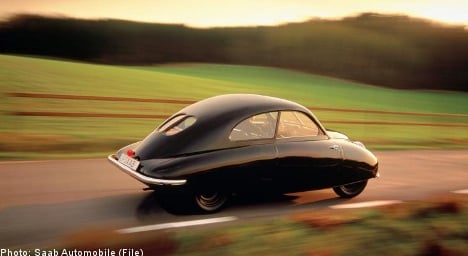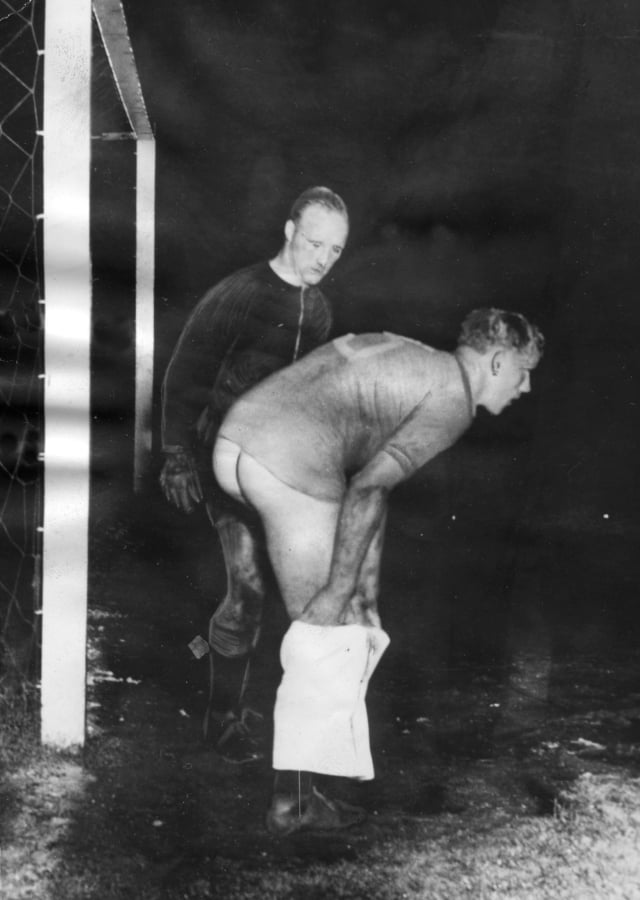Saab was founded in 1937 with government assistance to make airplanes in the pre-war years — something which later became evident in the aerodynamic, sporty shape of its first concept car designs.
Saab AB, a separate company, continues to this day to make fighter jets, commuter planes and defence systems.
After the end of the war, Saab Automobile built its first prototype cars in 1947, with the first production version rolling off the assembly line two years later.
In 1969, Saab Automobile linked up with Swedish truckmaker Scania, becoming Saab-Scania.
Saab’s glory years came in the 1980s when a weak Swedish krona helped boost sales in its export markets, the US and Britain, where it gained a reputation for its pioneering turbocharging technology.
But by the end of the 1980s it had encountered financial difficulties, and after three straight years of losses, US auto giant General Motors bought 50 percent of Saab Automobile from Saab-Scania in 1990.
Ten years later it snapped up the remaining 50 percent, making it a wholly-owned GM subsidiary.
The US company wanted a premium marque to add to its wide range of brands, while Saab would gain better economies of scale by being part of a larger company.
But in almost two decades of GM ownership, it made a profit only one year, in 2001 — the last time it was in the black.
An ageing product line and a collapse in demand owing to the tightening of available credit hurt Saab’s sales in recent years.
Saab employees told AFP in 2009 that the US parent company did not invest enough money in new products during its tenure as owner, and this weakened sales.
GM was hard hit by the 2008-2009 global economic crisis and needed to shore up its own badly-damaged balance sheet: it sold Saab in early 2010 to Dutch niche carmaker Spyker, now called Swedish Automobile, for $400 million.
Spyker’s ambitious plan for Saab aimed to turn a profit in 2012, with among the launch of a new 9-3 model, but those goals turned out to be too optimistic.
Saab initially planned to sell 50,000 cars in 2010 and 100,000 in 2011, but ended up selling a total of just 32,000.
The company, which has its main production headquarters in Trollhättan, a town of just 55,000 inhabitants in southwest Sweden, was forced to halt production in April 2011 as suppliers stopped deliveries over mountains of unpaid bills.
Saab’s 3,700 employees saw their wages delayed for five months in a row and did not receive their November paychecks, as the company was out of money.
Swedish Automobile scrambled to negotiate deals with several potential buyers to raise the cash needed to save the carmaker from bankruptcy, including talks with Chinese carmaker Youngman and car distributor Pang Da.
Those talks failed when GM blocked the necessary technology licence transfers to the Chinese firms, signaling the end for Saab.




 Please whitelist us to continue reading.
Please whitelist us to continue reading.
Member comments